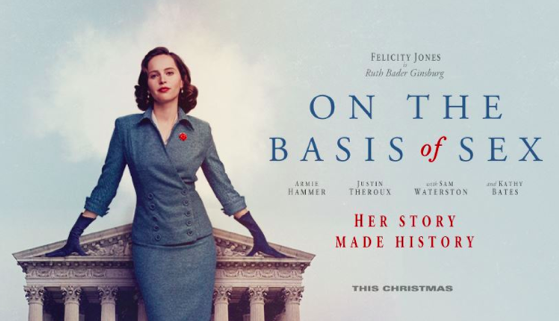“Where’s HER Movie” posts will highlight interesting and accomplished women from a variety of professional backgrounds who deserve to have movies written about them as much as all the male scientists, authors, performers, and geniuses have had written about them across the over 100 years of film. This is our attempt to help write these women back into mainstream history. — Rosanne
Charlotte E. Ray (January 13, 1850 – January 4, 1911) was an American lawyer. She was the first black American female lawyer in the United States.[1][2] Ray graduated from Howard University School of Law in 1872. She was also the first female admitted to the District of Columbia Bar, and the first woman admitted to practice before the Supreme Court of the District of Columbia.[3] Her admission was used as a precedent by women in other states who sought admission to the bar.[4]
Ray opened her own law office, advertising in a newspaper run by Frederick Douglass.[5] However, she practiced law for only a few years because prejudice against African Americans and women made her business unsustainable.[6] Ray eventually moved to New York, where she became a teacher in Brooklyn. She was involved in the women’s suffrage movement[7] and joined the National Association of Colored Women.[8] — Wikipedia



![TikTok Response to comment from @itsmeimgarbage : Polly Platt [Video]](https://rosannewelch.com/wp-content/uploads/2021/05/polly-platt-tt.gif)





